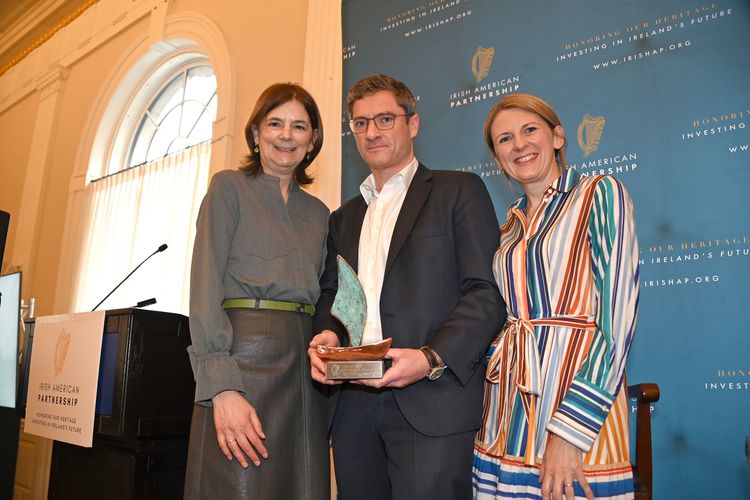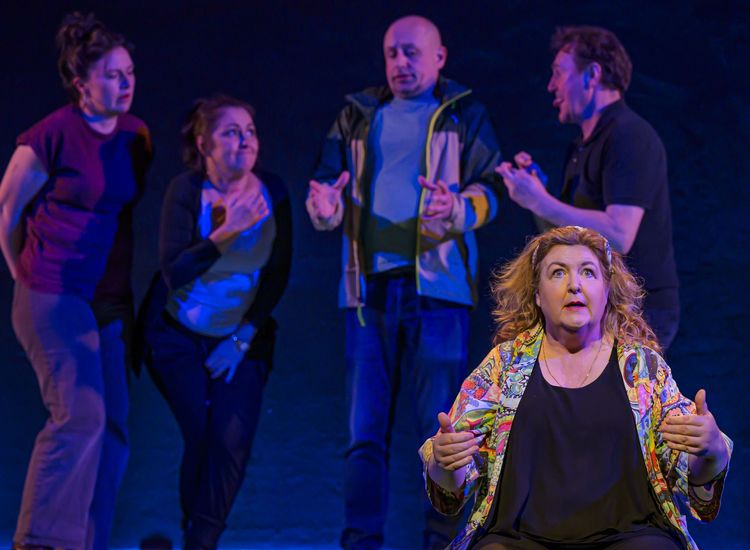[caption id="attachment_80020" align="alignnone" width="300"] dan barry
By Dave Hannigan
During the filming of “The Quiet Man” in Mayo in the summer of 1951, somebody involved in the production had the bright idea of bringing John Wayne down to a hurling match. Historians quibble about whether the fixture was a Munster semi-final or final but that particular detail isn’t as important as the fact they wanted to show him hurling in all its glory, rather than, say, its less attractive brother Gaelic football. Anyway, the movie star sat in the stands, equal parts enthralled and appalled at the speed, skill and power of the game he was watching.
“Would you like to be down there on the field Mr. Wayne with a hurley in your hand?” asked one of his handlers.
“Well, I certainly wouldn’t want to be down there without one,” drawled the man who played Sean Thornton.
Tall tale or true story, over the past couple of weeks, hurling has got some more good press on the international stage. Dan Barry wrote a wonderfully evocative essay about the game for the New York Times http://www.nytimes.com/2015/08/30/sports/a-passion-for-hurling-the-all-ireland-game.html, and Lonely Planet put attending an All-Ireland hurling final at Croke Park on its list of the top 10 sporting destinations around the world. Like any fan of the sport, we are delighted to see the wider world suddenly taking notice, marveling at its wonders, and capturing its beauty with such eloquence.
“In truth, hurling is a game all its own, at the highest levels a joyous and ferocious ballet, danced on grass,” wrote Barry. “Tonight’s two teams are at the lower ranks of Ireland’s hurling structure. Even so, the players from Connemara, in white and blue, and the players from Kinvara, in purple and gold, catch, balance and drive the ball so effortlessly that man and ash can seem as one…The game they play beats in the Irish pulse. The National Museum of Ireland has an exhibit of hurling balls packed with cow hair and covered with pleated horsehair. Preserved in the dark peat of time-stopping bogs, the balls have been determined to be 800 years old.”
Judging by how viral it went, and by the number of Americans who’ve mentioned it to me, the imprimatur of the paper of record has done wonders for hurling’s profile. I know several people whose interest has been piqued to such an extent that they are already planning to incorporate some class of a hurling match on the itinerary the next time they visit Ireland. Many more are likely to be drawn to the games by the endorsement delivered on the Lonely Planet website.
[caption id="attachment_80023" align="alignnone" width="300"] GAA Hurling All Ireland Senior Championship Semi-Final, Croke Park, Dublin 16/8/2015 Tipperary vs Galway Tipperary's John OÕDwyer and Johnny Coen of Galway Mandatory Credit ©INPHO/Cathal Noonan
Galway. INPHO/CATHAL NOONAN[/caption]
“Steeped in Irish tradition, Croke Park is the headquarters of both Gaelic football and hurling,” writes the Lonely Planet as it categorizes the stick and ball game alongside watching the Knicks at the Garden, Sumo wrestling in Tokyo and the Red Sox in Boston as bucket list fodder. “The latter – a fast-moving, physically demanding game – is best watched in the national stadium, with the semi-finals and final of the All Ireland hurling championships played here in August and September. Make sure you fit in by learning the local terminology: hurley for the wooden stick the players use to hit the sliotar, the baseball-like ball which is thwacked towards the opponents’ goal.”
All of this is great to see. But, and you know there was going to be a but. There was a lot of self-congratulation in GAA circles about these two publicity coups. Some of that was justified. Yet, a few of us think it a little bit pathetic that we retain the post-colonial mindset of needing a person to come in from outside to tell us how good something is. Those of us lucky enough to be born in hurling counties (I swear kids, Cork was a hurling county once), know what a wonder the game is. Those who don’t hail from hurling stock but pay attention to sport also realize it is one of the few things left in the modernized, homogenized country that remains uniquely Irish.
Of course, it should be on every tourist’s to-do list. It should have been already. For decades. To hear people talking about bringing American busloads to Croke Park over the past week or so is mildly infuriating. Now that the New York Times and Lonely Planet say we are up to it, all of a sudden we should bring them along to show them these treasures. Truth is myself and thousands of other Irish people have long been bringing Americans and other nationalities to Croke Park to see hurling and, before it became the awful rugby league hybrid it is today, Gaelic football.
Why did we bring them? For very simple reasons. We knew they’d love it. We knew they’d appreciate the chance to do something quintessentially Irish and far less twee than a bus tour of Dublin and a trip to a brewery. Indeed, I know Americans who’ve attended club fixtures that have gone home buzzing about the grassroots experience, cherishing the opportunity to see a part of Irish life that is denied most people visiting the country.
Maybe it won’t be denied for too long now that the Times and Lonely Planet have opened the eyes of the world.
However, there’s something else worth considering here. Croke Park might have been full for last Sunday’s All-Ireland hurling final between Galway and Kilkenny but too many senior inter-county games take place in half-empty stadia. If the GAA and Bord Failte can do a lot more to get foreign tourists into the grounds (we presume Sky Sports’ broadcasts are going to generate a few English visitors), we must also do more to evangelize at home. There remain huge swathes of the island where hurling is neither watched or played to any great degree.
We call it a national treasure. Those who come in from outside to sample it seem to agree with us. But, in reality, it’s a regional delicacy. When everybody is finished basking in the warmth of the international media coverage, we really should try to change that.
Dave Hannigan writes about sport in the Irish Echo each week.










